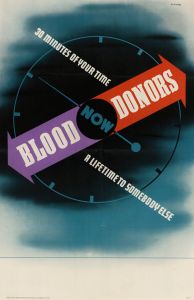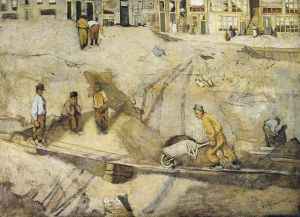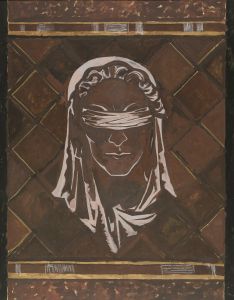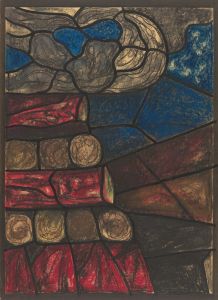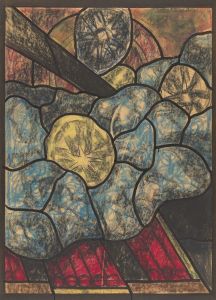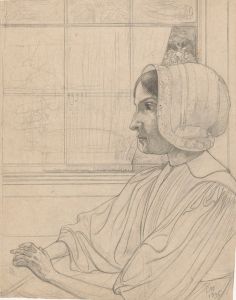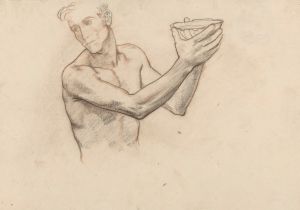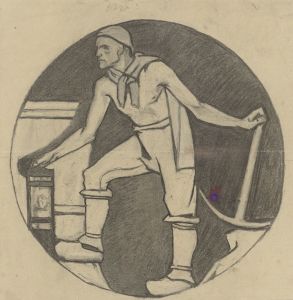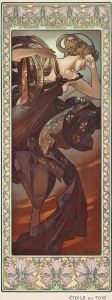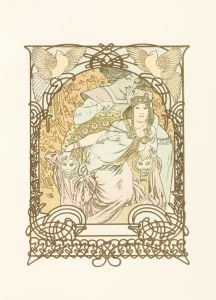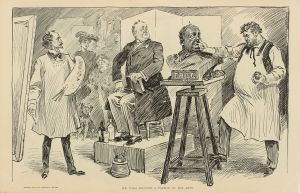
Ontwerp voor Weldadigheidskalender voor 1917
A hand-painted replica of Richard Nicolaüs Roland Holst’s masterpiece Ontwerp voor Weldadigheidskalender voor 1917, meticulously crafted by professional artists to capture the true essence of the original. Each piece is created with museum-quality canvas and rare mineral pigments, carefully painted by experienced artists with delicate brushstrokes and rich, layered colors to perfectly recreate the texture of the original artwork. Unlike machine-printed reproductions, this hand-painted version brings the painting to life, infused with the artist’s emotions and skill in every stroke. Whether for personal collection or home decoration, it instantly elevates the artistic atmosphere of any space.
Richard Nicolaüs Roland Holst was a prominent Dutch artist and designer known for his contributions to the Arts and Crafts movement in the Netherlands. His work often reflected a blend of social consciousness and artistic innovation, which is evident in his design for the "Ontwerp voor Weldadigheidskalender voor 1917" (Design for the Charity Calendar for 1917). This piece is a testament to his commitment to both aesthetic beauty and social causes.
The "Ontwerp voor Weldadigheidskalender voor 1917" was created during a tumultuous period in history, as World War I was ongoing, affecting many aspects of life in Europe, including the Netherlands. Although the Netherlands remained neutral during the war, the country experienced significant economic and social challenges. In this context, charity initiatives were crucial for supporting those in need, and calendars like the one designed by Roland Holst played a role in raising funds for charitable causes.
Roland Holst's design for the charity calendar is characterized by its intricate detail and symbolic elements, which are hallmarks of his artistic style. He was influenced by the Arts and Crafts movement, which emphasized traditional craftsmanship, the use of simple forms, and the beauty of natural materials. This movement sought to counteract the industrialization of art and design by promoting handcrafted work that was both functional and beautiful.
The calendar design likely features motifs and themes that are consistent with Roland Holst's other works, which often include allegorical and symbolic imagery. His art frequently incorporated figures from mythology and literature, as well as elements from nature, reflecting his interest in conveying deeper meanings and narratives through visual art.
Roland Holst was also known for his involvement in various social and political causes, and his work often reflected his ideals. He was a member of several progressive organizations and believed in the power of art to inspire social change. The charity calendar for 1917 would have been an opportunity for him to contribute to societal welfare through his artistic talents.
While specific details about the imagery and content of the "Ontwerp voor Weldadigheidskalender voor 1917" are not extensively documented, it can be inferred that the design would have been in line with Roland Holst's broader body of work, which is celebrated for its artistic integrity and social relevance. His designs are often noted for their harmonious compositions and the integration of text and image, which would have been suitable for a calendar intended to communicate both aesthetic and philanthropic messages.
Overall, Richard Nicolaüs Roland Holst's design for the 1917 charity calendar exemplifies his dual commitment to art and social responsibility. It serves as a historical artifact that reflects the cultural and social dynamics of the early 20th century in the Netherlands, as well as the enduring impact of the Arts and Crafts movement on European art and design.






